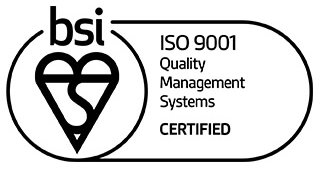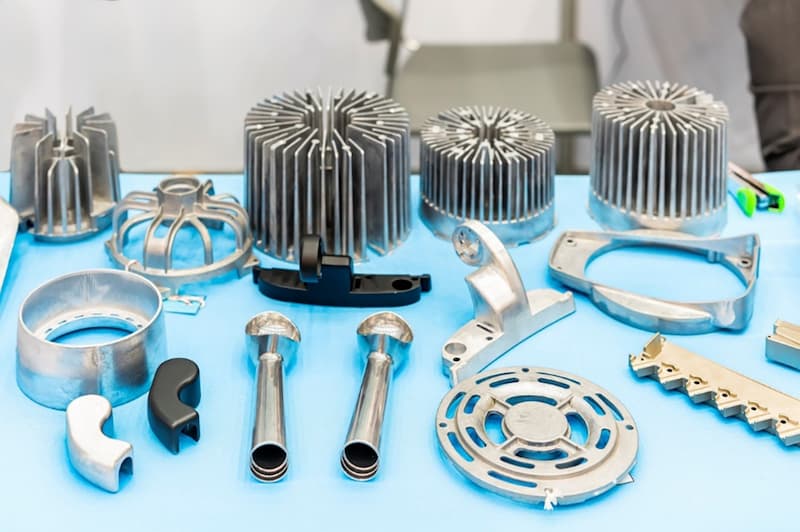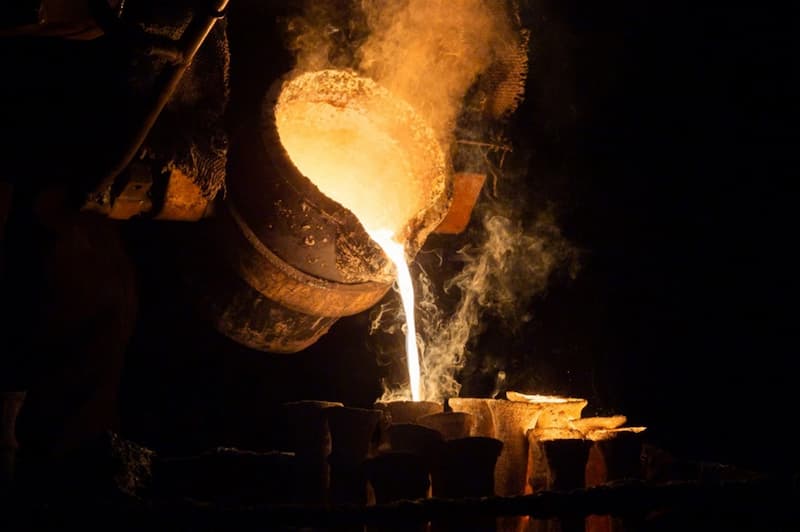The Journey of Metal Castings From Alloys to Electronics
The electronics manufacturing industry is a sector that brings in at least £80 billion a year; however, it relies on other sectors, such as metal casting, to succeed. Electronic devices, either as large as a computer server or as small as an implantable medical device, all demand the highest results from their metal-cast components, which is why we work very closely with our customers to guarantee that we fulfil the tight specifications required.
But what is the contribution of foundries like ours to electronic design and manufacturing? Read on to explore our process and discover how we will create the component you need.
Why Are Alloys Chosen for Casting Electrical Components?
To understand why electronics designers choose alloys for component manufacturing, it is important to remember an alloy is the metal (or non-metal) result of combining two or more metals. They are created in liquid form and then left to cool, which makes them excellent for detailed processes like investment casting that also start with liquid and end as a solid.
Are Alloys Better than Pure Metals?
The most relevant advantage that alloys have over pure metals is how they are tailored to suit the component's eventual application. The inherent properties are adjusted to maximise the part's effectiveness; for electronic component manufacturing, these properties are often electrical conductivity, corrosion resistance and ductility.
Metal Alloys Used in Electronics Castings
Whilst there is a selection of well-known metals commonly used to manufacture electronic components, such as copper and aluminium, designers will often require a broader range of options to guarantee the functionality of their planned devices. This means that they will prioritise metal foundries that can provide unique services and have access to a broad range of alloy options. Here are examples of various alloys used when manufacturing electronic components:
Copper Casting For Electrical Parts
Pure copper is a great choice for electrical conductivity, but it lacks the strength required to be a reliable component in electrical products such as conductive connector pins, especially when under stress. This is why we tailor an alloy that will meet all the specifications required.
Copper-based alloys sometimes include chromium or zinc, but a popular choice is a combination of copper and nickel. This mixture creates a strong component that is highly corrosion-resistant whilst retaining significant electrical conductivity. Here is an example of a switchgear part we manufactured for an electrical application using copper alloys in our investment casting process.
Nickel Alloys for Electrical Castings
The International Nickel Institute estimates that over 5% of all nickel alloys are used to create electrical components. Many electronic devices we use daily, such as laptops and smartphones, have significant amounts of nickel in their construction, whether it's in parts of the exterior cases or internal parts for screen and battery housings. For example, nickel and cobalt alloys have an electrical and temperature resistance that makes this alloy excellent for housings and containment components.
Aluminium Components for Electronics
One of the most recognised alloys used in electronics, aluminium alloys are chosen for many components in electronics, whether they are small devices or much larger EV castings. The adaptability of this alloy is extensive as it can be combined easily with other elements, such as silicon, magnesium, and manganese, as well as the previously discussed alloys above. This makes aluminium a popular choice that is easily tailored to meet any specifications, no matter how exact or complex.
When it comes to function, aluminium alloys have a broad selection of characteristics that make this material excellent for consumer electronics. If we consider manufacturing efficiency, aluminium die casting is a highly effective process for creating large volumes of repeated components and is often the process chosen for electrical component manufacturing. If we use aluminium in smartphones as an example, we have:
- Lightness: it’s the lightest metal and has one-third the density of metals like steel. This makes the user experience more pleasant and supports an energy-efficient supply chain for the material and product.
- Resistance to corrosion: when used as an exterior case, this material ensures that the device's delicate internal components will be unaffected by weather whilst providing a long lifecycle.
- High levels of strength: with accidental drops commonplace with phones, the strength of aluminium (despite its reduced density) will protect the internal parts from physical damage.
- Electrical and thermal conductivity: it supports the operation of the phone but also creates strong connections to eliminate failures that would require repair. Additionally, the thermal conductivity assists with the cooling of batteries and prevents overheating.
- Suitable for surface treatments: whether it is heat treatment, anodising, painting, e-coating, or more, There is a broad range of compatible finishes and surface treatments available to meet the aesthetic needs of the components as well as the functional specifications.
- Recyclable: aluminium is highly recyclable, which not only benefits the environment but also provides eco-conscious phone manufacturers with the best option for creating environmentally friendly devices.
Of course, these alloys are not just limited to phone manufacturing and are used for a broad range of electronic applications, from medical devices to computers and large-scale electrics for machinery. We have extensive experience working with the listed alloys above and have successfully tailored our processes to meet the needs of our clients' designs with our additional preparatory services. With our tried and tested services, we guarantee that you'll receive the components you need within the desired specifications.
Rapid Prototyping Service for Electronic Castings
The strict specifications involved with castings for electronics demand an in-depth preparation strategy before casting. However, this is significantly improved when the design itself is finalised with developmental data acquired through analysing prototypes. We have developed an efficient rapid casting prototyping service that provides our clients with the data they need to commit confidently to tooling and casting without any concerns about recalls or wasted products.
Wax 3D printing prototyping with a ThermoJet wax printer offers an efficient and accurate solution for creating high-quality wax models for various applications. This cutting-edge technique allows designers and manufacturers to speed up electrical product development, reduce costs, and easily produce intricate designs. This process is repeatable, and once the prototype is to your satisfaction, we will commit to the tooling and casting stage, and you’ll have your desired components.
Metal Castings for Electrical Components at Dean Group
Choosing Dean Group for your electronic castings is choosing a company that you can rely upon not just to cast your components to the highest quality but also to help refine your design beforehand and ensure the casting process is as time and cost-efficient as possible.
Contact us to discover how our metal casting operations will help you with your next electronic product design.
Registered in England VAT No: 146307478 Company Registration No: 1062820










